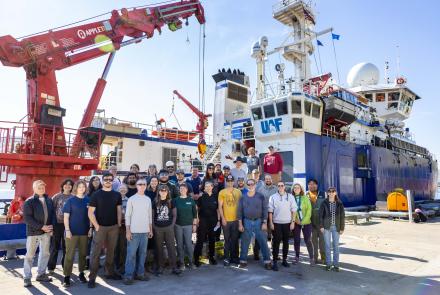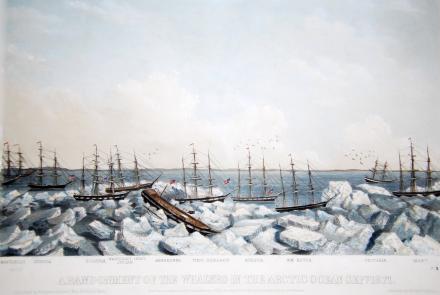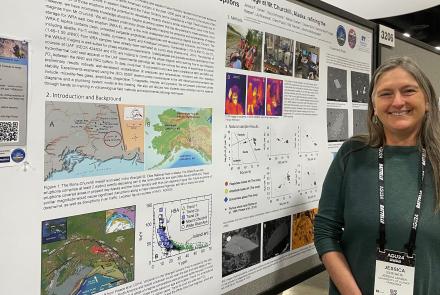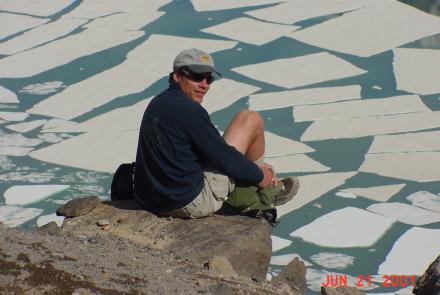There's Odd Ice Out There
Many workers with northern specialties are real fans of space exploration. They're eager for humankind to get to other planets not just because of their pioneering enthusiasm--they know their skills and knowledge may be needed.
Consider: it looks as if Mars has permafrost. Who better to deal with construction problems on that planet than Alaskans and Canadians who already know a lot about the stuff? Ice is everywhere, on comets, asteroids, moons, and planets; surely our local ice exploration experts, from glaciologists to civil engineers, will be in great demand.
Maybe, but maybe not. Out in the far reaches of the solar system, ice gets to be very different from the familiar substance covering our lakes and floating about on our seas. According to a recent article in Science magazine, it even erupts in a kind of chilly volcanism.
Scientists David G. Jankowski and Steven W. Squyres of Cornell University found this odd behavior to be the best explanation for the surface features of Ariel, a moon of the planet Uranus. They based their studies on images collected by the Voyager spacecraft. The images showed that part of Ariel's surface is cut by a pattern of linear canyons. The canyons appeared to be of a sort properly known as grabens, a kind of downdropping of a portion of a planetary surface because of faults in its crust. The great Rift Valley in Africa is a spectacular example of a graben on Earth.
Deposits of oddly smooth material partly fill the bottoms of some of the grabens on Ariel. These deposits have fewer craters than the surrounding terrain, which means they are younger--they've had less time to be hit by meteorites and other debris from space. They seem to steepen significantly at their margins, forming what look like flow fronts. They have rounded tops which suggested to Jankowski and Squyres that the material was solid, like viscous lava, when it was extruded in a gummy, linear eruption through the rifting floors of the grabens. But the deposits aren't made of lava: they are made of ice.
That ice can flow is no surprise to northerners, since a lot of us live within shouting distance of glaciers. Erupting ice flows are another matter; there's nothing like that anywhere on Earth.
The Voyager images were nevertheless very convincing. On Ariel, and on Miranda, the other large satellite of Uranus where similar flows apparently occur, the upwelled material does not evenly fill low areas the way it would if it had once been fluid. In places, it forms a kind of high-centered solid river, like poured taffy or caramel rather than a frozen stream. A true liquid flow wouldn't do that, so the flows could not be similar to the icing overflows from upwelling water that plague highway engineers and snowmobilers during winter in Earth's high latitudes.
Yet they weren't similar to earthly glaciers either. Our rivers of solid ice break into vertical cliffs and tumbled blocks at their snouts; they don't cease in rounded mounds like the uranian moons iceflows. The scientists admitted they were looking at some very odd ice.
Jankowski and Squyres theorize that the erupted material isn't just frozen water but a mixture of ices, perhaps including carbon monoxide, some forms of ammonia, and methane. Laboratory tests indicate that this odd stuff would be more mobile than ordinary ice, and mathematical checks hint that it could creep under the kinds of pressures to be found within the uranian moons.
Real proof of solid-state ice volcanism will have to wait until spacecraft land on Ariel and Miranda to take samples, but even the idea of such an eruption challenges what we think we know about how things work. It looks as if even experienced northern ice experts will find surprises on the icy worlds of our solar system.





